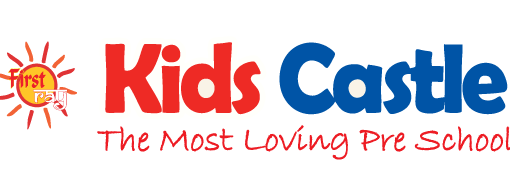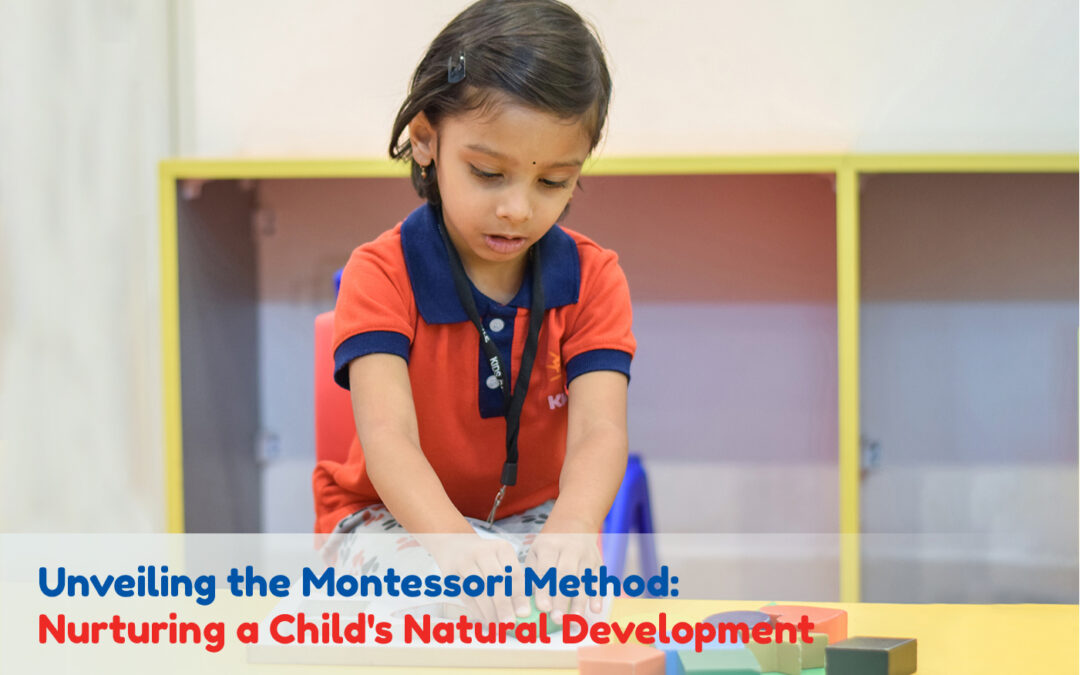Introduction:
The Montessori Method: in the vast landscape of education, it is the one method that stands out for its unique approach to learning. Developed by Dr Maria Montessori in the early 20th century, this educational philosophy is centred around the belief that children are naturally curious and capable learners. The Montessori Method fosters a child’s innate desire to explore, discover, and learn at their own pace. Let’s delve into the world of Montessori education and explore the typical activities that make it such a distinctive and effective approach.
Understanding the Montessori Method:
At its core, the Montessori Method is built on the principles of independence, freedom within limits, and respect for a child’s natural psychological, physical, and social development. The environment is crucial, as classrooms are carefully designed to encourage self-directed learning and exploration. Now, let’s unravel the tapestry of activities that define the Montessori experience.
Practical Life Activities:
The foundation of Montessori education lies in practical life activities. These activities focus on developing a child’s fine and gross motor skills, concentration, coordination, and independence. Examples include pouring water, buttoning clothes, and sorting objects. These seemingly simple tasks lay the groundwork for more complex learning later on.
Sensorial Activities:
Dr. Montessori recognized the importance of the senses in a child’s learning journey. Sensorial activities aim to refine and enhance a child’s sensory perceptions. Colour matching, tactile exploration, and sensory materials like the famous Montessori pink tower help children distinguish and categorize sensory stimuli.
Language Development:
Montessori classrooms prioritize language development through a variety of activities. Sandpaper letters allow children to trace and feel the shape of letters, fostering a tactile connection to language. The moveable alphabet is another critical tool, enabling children to form words and sentences at their own pace. We will write more about the moveable tower soon.
Mathematics Exploration:
Mathematics is introduced in a hands-on and concrete manner. Counting beads, number cards, and Montessori math materials help children grasp abstract mathematical concepts through tangible experiences. This approach builds a strong foundation and promotes a deep understanding of mathematical principles.
Cultural and Science Activities:
Montessori education extends beyond traditional subjects to include cultural and scientific activities. Geography, botany, zoology, and astronomy are explored through hands-on experiences, encouraging a holistic understanding of the world.
Freedom of Choice:
One of the hallmarks of the Montessori Method is the freedom of choice granted to children. Children choose their activities in a carefully prepared environment based on personal interests and developmental needs. This autonomy fosters a sense of responsibility and self-discipline.
Conclusion:
The Montessori Method is more than an educational approach; it’s a philosophy that recognizes and celebrates each child’s unique journey.
Montessori education empowers children to become independent, confident, and lifelong learners by providing a nurturing environment and a diverse array of purposeful activities. Read more on the benefits of the Montessori method.
Kids Castle is India’s most loving preschool, where we make every learning day filled with creative and beautiful experiences for your child. We have adopted the Montessori method and curated a safe and happy place for your child.
Find a Kids Castle preschool, the best preschool closest to you and give your child a great start in life!
A note on the Pink Tower:
Dr. Maria Montessori designed the Pink Tower. It’s a stack of blocks meant to enable the children to refine their senses, understand what they are seeing, feeling, touching, or smelling, and help develop intelligence.
The Pink Tower is a scientifically designed material in the sensory area of the classroom. It consists of 10 wooden cubes, ranging from 1 cubic cm to 10 cubic cm, differing in three dimensions.
Notably, the cubes in the Pink Tower are all the same colour, shape and texture, which helps the child to focus on a critical quality of the material – size!
Please subscribe to our YouTube channel.

